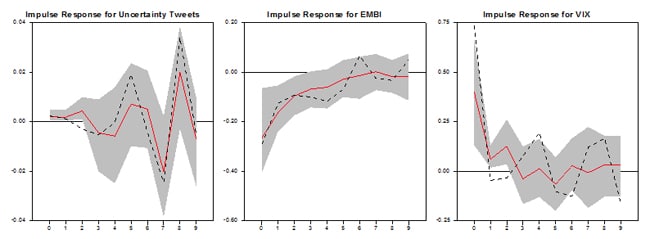The Fed, on Cue, Meets Expectations
The Federal Reserve met market expectations fully. It upgraded its assessment of the economy, recognized that the near-term risks had diminished, and remained committed to normalizing monetary policy. There was one dissent from the steady stance, and it the KC Fed President had already tipped her hand.




